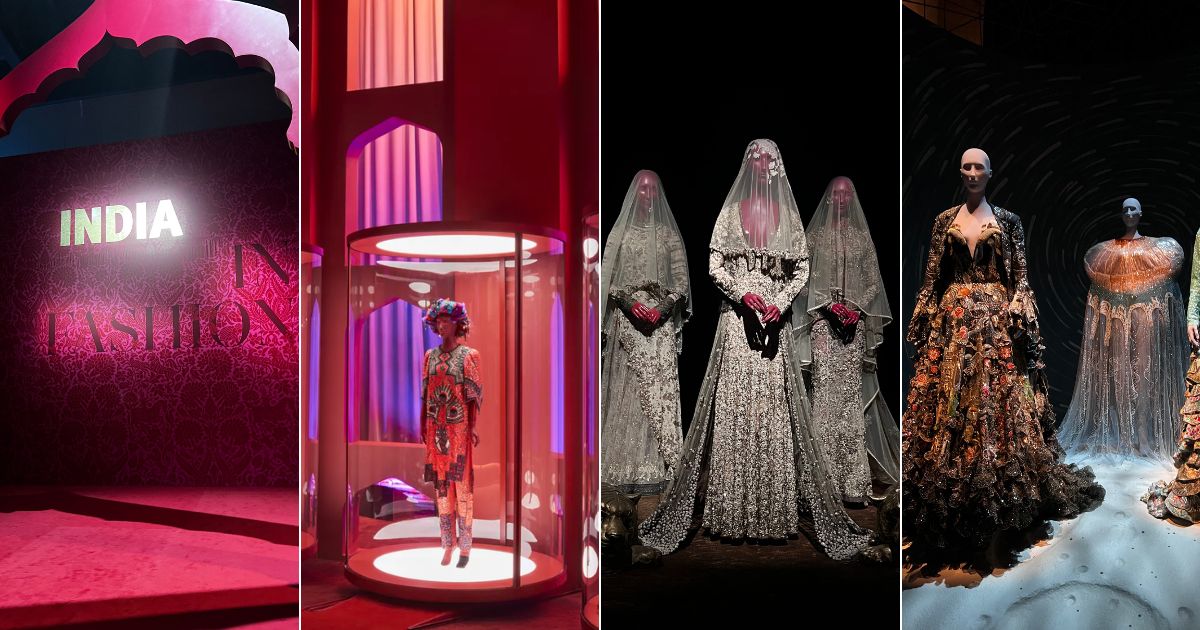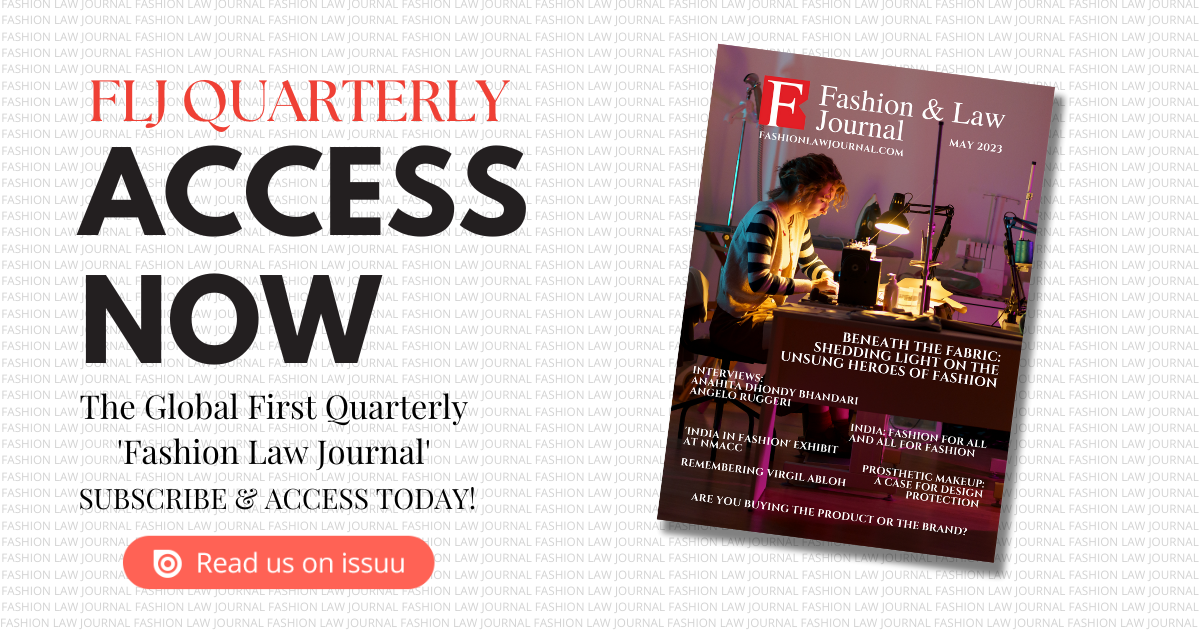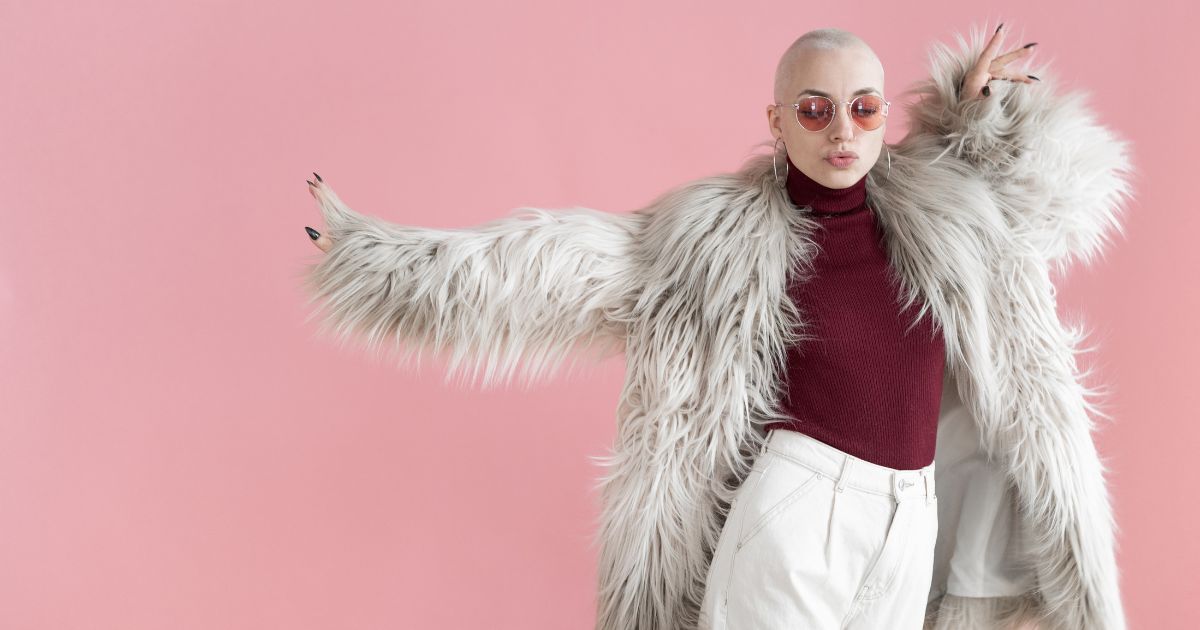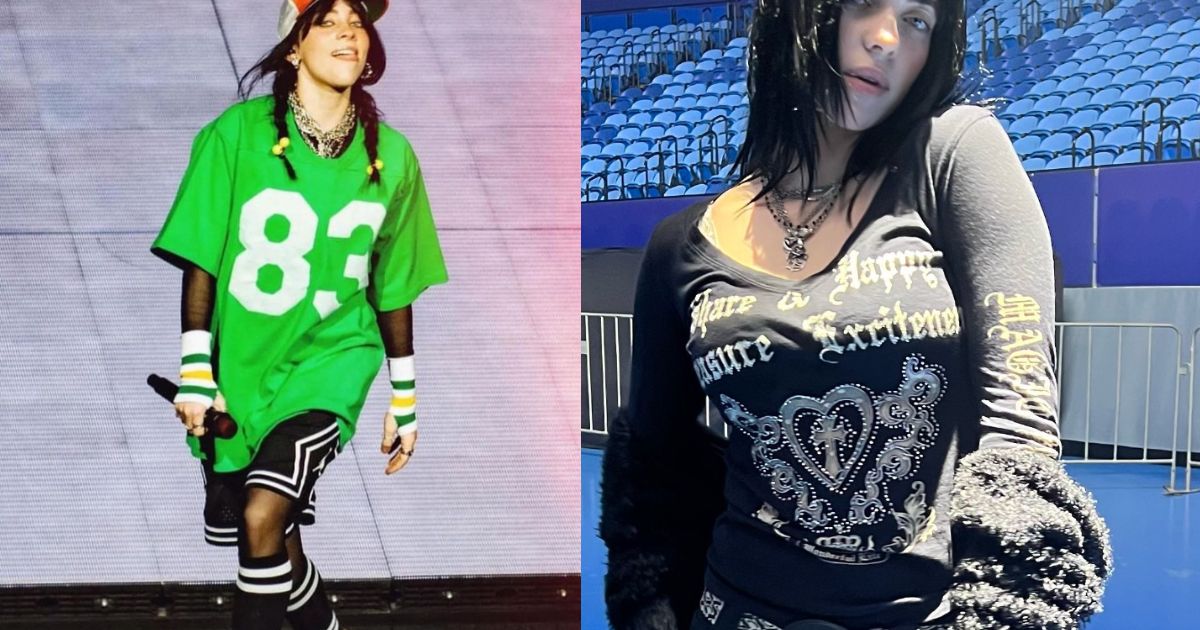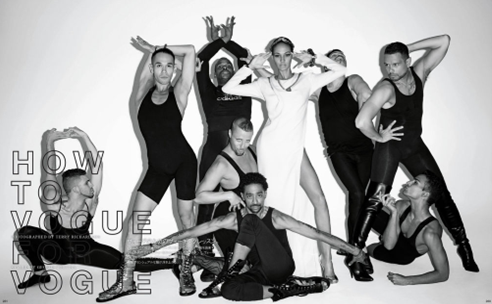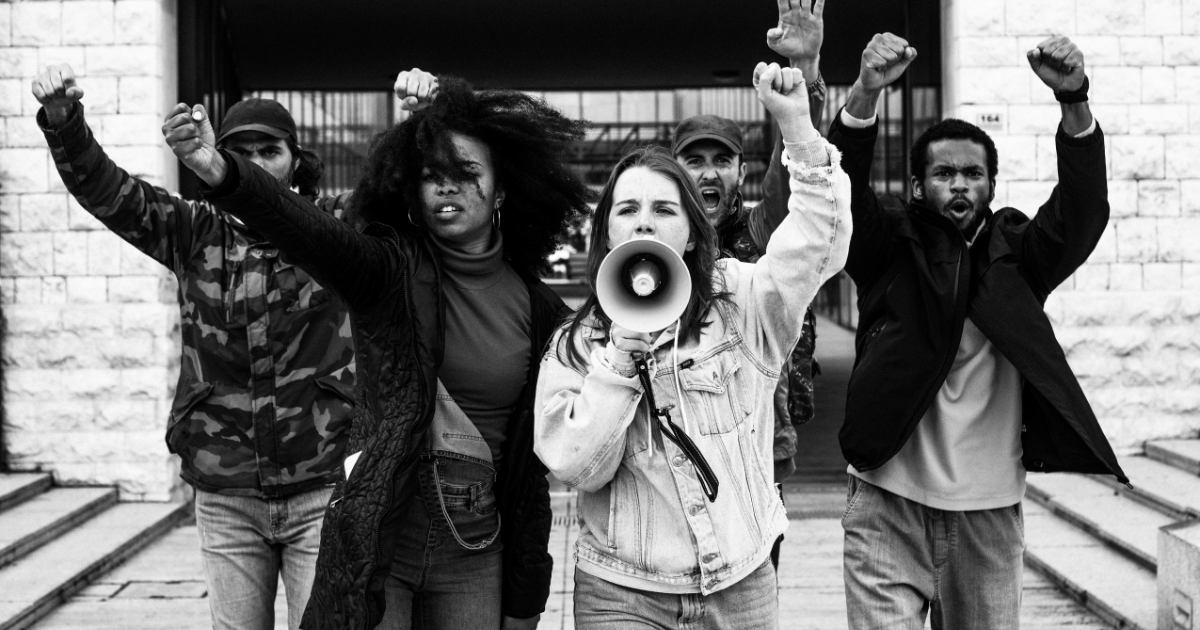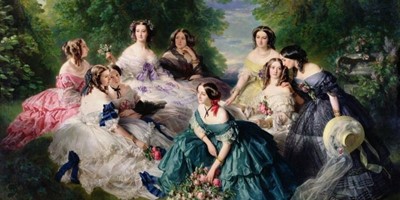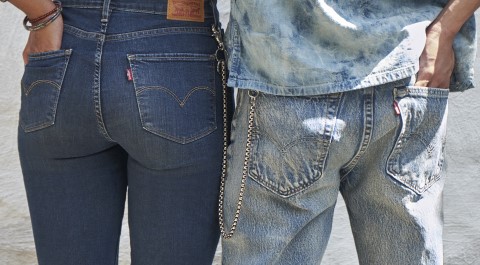The standards of fashion have been incredibly strenuous, depressing, Eurocentric, and rigid since time immemorial. Unfortunately, such fashion trends have been perpetuated for decades, causing mental health disorders and reckless profiteering. These stereotypes are a stark reminder of colonial legacies and the homogenization of the fashion industry. The lack of diversity has led to the headhunting of models from certain predetermined regions, thus robbing the rest of the world of finding a connection or relevance in this domain. However, in the past decade, things have taken a radical turn. The murmurs of inclusion and heterogeneity have turned into blares. Entities that took pride in underweight models and malnutrition have been shamed. The quintessential epitome of this revolution is Victoria’s Secret, a brand that boasts lingerie for ultra-thin women. Their lack of sensitivity, constant exploitation, celebrity-dazzled shows, and exemplary profits went downward as the world progressed. Henceforth, the brand was forced to reinvent, renovate, and reignite a campaign that celebrates diversity in shape, size, colour, and ethnicity. The centuries-long battle of forcible convergence, conversion, and cacophonous shaming has reached a near-screeching halt. The future is about change, which respects and rewards body positivity.
Body shame to pride: The philosopher’s take
The culture of shame is enigmatic as it creeps into the subconscious and thrives. The prevailing aesthetic standards in the Western society[1] are utterly narrow and limiting. This causes alienation and self-loathing, as expressed by Herbert Marcuse’s “One-dimensional man”. Putting that into perspective, an “advanced industrial society” creates false needs.[2] Modern advertisements have played an instrumental role in defacing the beauty standards by making a threshold and standard, which is violative and even offending. Moreover, the feminist critiques have described this phenomenon as manifestations of alienation. Luminaries like Simone de Beauvoir and Jean-Paul Sartre claim that our bodies are an expression of subjectivity and agency. In this context, it is important to understand that we need to embrace our physical structure and stay resilient on building an identity. The only escape is acceptance. Pride of one’s existence, on the other hand, is foundational, indestructible, and on a morally higher ground. As the new atmosphere of fashion invites and cherishes this pride, sky is the limit.
Confidence culture
Confidence is an imperative, an asset, and an indispensable trait of human personality. Women have emerged as ambassadors of change, revolutionising the world of fashion. Advertising, which is notorious for its reliance on and reproduction of sexist, racist, ageist, and ableist stereotypes[3] has attracted every form of disdain in the contemporary landscape. Movies, social media, and advertisements have caused unabated nuisance and are been called out for their lack of diversity. It has been noted that humiliation turns into a powerful rage that smashes every glass ceiling. Certain books like “Confidence Code for Girls: Taking Risks, Messing Up, and Becoming Your Amazingly Imperfect, Totally Powerful Self” are propagating imperfections and have become part of popular culture. This new realm of confidence has just begun expanding and is going borderless and transcendental.
Charm of a rainbow
Just a few years ago, homosexuality was punished with reprehensible and unforgivable punishments. Fast forward to current dispositions, any prejudice towards the LGBTQ+ community is unacceptable, outrageous, and indefensible. The colours of a rainbow, a mark for this community isn’t abstraction, rather an unshackled expression of love for every orientation. Their representation in the world of fashion is phenomenal. The marginalization has turned into astute marketing. Some of the proudly queer brands are, celebrated handmade dungarees of Lucy & Yak, fine jewellery size-inclusive, non-cis, and non-white brand Automic Gold, gender-free t-shirt brand AndAll, Netherland’s based unisex label Unrecorded, French sustainable athleisure caur, and British queer streetwear Plant Faced Clothing. Their contribution towards the commercialization of this new culture is incomparable.
“Instagram Filter”: Dispelling the Myths of Entrepreneurial Glamour[4]
Although social media has led to democratization of information, infinite connectivity, and massive effervescence in our lifestyle. Nonetheless, the world of filters is particularly disturbing since it epitomizes certain celebrity class and texture. This glamour is often fabricated and narcissistic, and self-indulgent. The contradictions and anomalies of these social media needs to be constantly addressed.
Plus Sizes
The genetic predisposition of a human body cannot be tweaked or transformed. Yet, the obsession with a certain size and shape is crass. For instance, Torrid was the maiden brand to showcase a collection of plus-size clothing at the New York Fashion Week.[5] This activism is absolutely refreshing. Furthermore, global behemoth, Nike[6] claims that 38.8% of its U.S. corporate workforce are U.S. racial and ethnic minorities and 51% of its global corporate workforce are women, a heartening statistic.
Gender fluidity, plural identities, and sexual determinism brings the era of awakening and the latest definition of hedonism. In these moments of reckoning, we need to smash the dangerous archetypes and behaviours. Latest innovations, multicultural designers from across the world, rejig of pop culture, and greater representation can help target every customer and optimise consumerism. When juxtaposed with sustainability, constructive fashion can change the world for better. It is time to learn, lead, and grow in this body positivity movement.
[1] Leboeuf, Céline. “What Is Body Positivity? The Path from Shame to Pride.” Philosophical Topics, vol. 47, no. 2, 2019, pp. 113–28. JSTOR, https://www.jstor.org/stable/26948109. Accessed 19 May 2023.
[2] https://www.marxists.org/ebooks/marcuse/one-dimensional-man.pdf
[3] orgad, shani, and rosalind gill. “Introduction: The Confidence Imperative.” Confidence Culture, Duke University Press, 2022, pp. 1–28. JSTOR, https://doi.org/10.2307/j.ctv24rgbjx.4. Accessed 19 May 2023.
[4] DUFFY, BROOKE ERIN. “The ‘Instagram Filter’: Dispelling the Myths of Entrepreneurial Glamour.” (Not) Getting Paid to Do What You Love: Gender, Social Media, and Aspirational Work, Yale University Press, 2017, pp. 185–215. JSTOR, http://www.jstor.org/stable/j.ctt1q31skt.9. Accessed 19 May 2023.
[5] https://apparelresources.com/fashion-news/innovation/impact-body-positive-movement-fashion-industry/
[6] https://about.nike.com/en/impact/focus-areas/diversity-equity-inclusion
Author: Anchit Bharti








